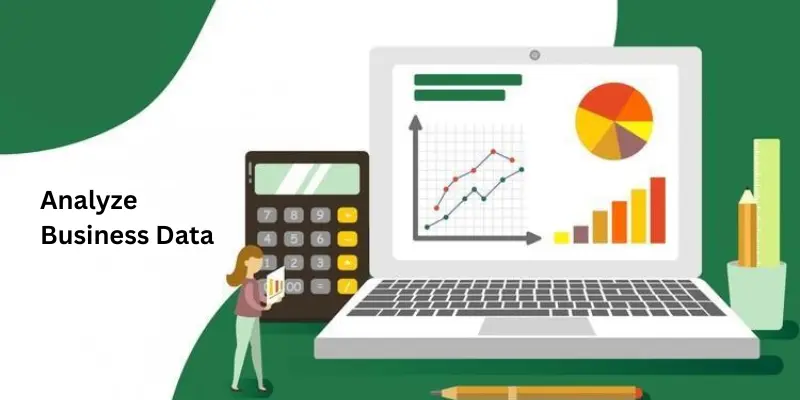
In the age of data-driven decision-making, businesses are constantly seeking tools and techniques to analyze vast amounts of data efficiently and effectively, which is essential for Business Analytics for MBA students. Among the many options available, Microsoft Excel remains a powerhouse for data analysis. In this blog post, we’ll explore how Excel can be leveraged to analyze business data effectively, from basic data manipulation to advanced analytics. This proficiency in Excel is invaluable for MBA students specializing in Business Analytics, providing them with essential skills for success in their careers.
Data Organization and Cleansing
Excel offers a user-friendly platform for organizing and cleansing business data. Its features, including sorting, filtering, and data validation, allow users to structure data sets in a logical and coherent manner. What’s more, Excel’s built-in functions and formulas simplify cleaning and standardizing data, ensuring accuracy and consistency before the analysis begins.
Summarizing and Aggregating Data
Excel excels (pun intended) at summarizing and aggregating large volumes of data into meaningful insights. Users can quickly calculate critical metrics and perform fundamental statistical analysis using SUM, AVERAGE, and COUNT. PivotTables further enhance Excel’s analytical capabilities by enabling users to summarize and visualize data in customizable tables and charts, making complex data sets more digestible and actionable.
Performing Advanced Analysis
Beyond basic data manipulation, Excel offers a range of tools for performing advanced analysis, which is crucial for MBA Business Analytics in Chennai. Users can delve deeper into their data to uncover patterns, trends, and relationships with features like regression analysis, goal seeking, and scenario management. Excel’s integration with external data sources, such as SQL databases and web APIs, further extends its analytical capabilities, allowing users to access and analyze real-time data directly within the Excel environment.
Creating Dynamic Dashboards and Reports
Excel’s versatility shines when it comes to creating dynamic dashboards and reports, which are powerful tools for monitoring business performance and communicating insights effectively. Users can design interactive dashboards that provide at-a-glance visibility into critical metrics and KPIs using features like conditional formatting, slicers, and sparklines. Moreover, Excel’s ability to automate data refreshes and updates ensures that dashboards remain current and relevant over time, adapting to the ever-changing business landscape.
Excel remains a valuable asset for analyzing business data effectively. Excel offers a comprehensive suite of tools for extracting insights and driving informed decision-making, from organizing and cleansing data to performing advanced analysis and creating dynamic dashboards. By mastering Excel’s features and functionalities, businesses, including MBA Colleges Near Me, can unlock the full potential of their data and gain a competitive edge in today’s data-driven marketplace.
